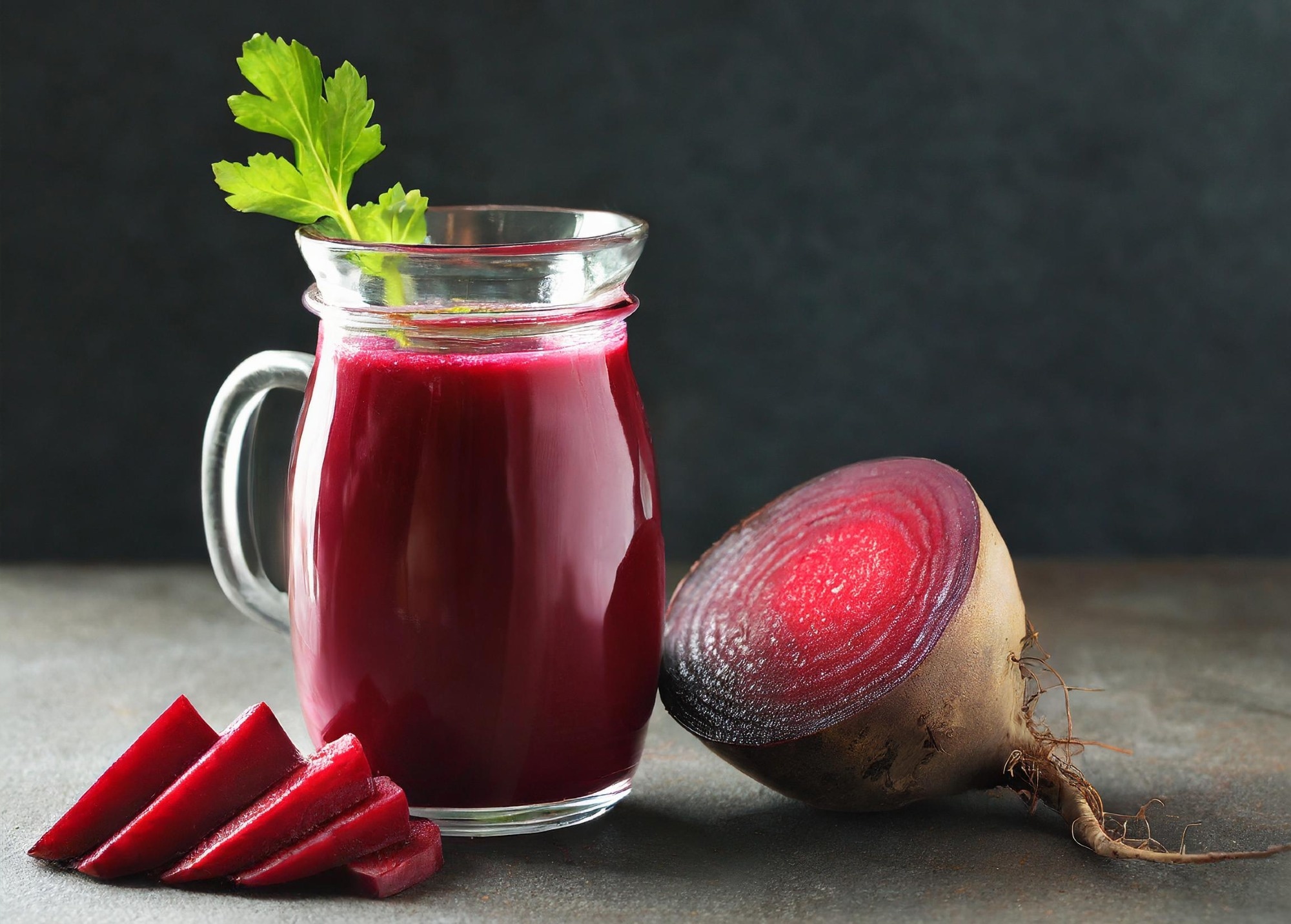In a recent review article published in the journal Frontiers in Nutrition, researchers in the United States synthesized what is known about the beneficial effects of beetroot juice (BRJ) in terms of exercise capacity and physiological function.
They concluded that the benefits of BRJ surpass those of dietary nitrate (NO3-) and nitrate salts (NIT) because of the variety of phytonutrients it contains, boosting training and recovery outcomes.
 Study: Beetroot juice supplementation and exercise performance: is there more to the story than just nitrate?
Study: Beetroot juice supplementation and exercise performance: is there more to the story than just nitrate?
Dietary nitrates are known to have exercise-related benefits
Nitrate supplementation can reduce the oxygen cost of aerobic exercise, affecting muscle contractility, vascular function, exercise performance and economy, adaptations to training, and muscle damage and pain.
These benefits are thought to occur through an increase in the production of nitric oxide in the body, which lowers blood pressure and regulates other physiological responses. Leafy greens and beets are rich sources of NO3-, and the effects of BRJ have often been thought to be equivalent to those of NIT if NO3- doses are comparable.
However, this assumption does not take the various polyphenols and other components of BRJ that may offer greater benefits than NIT, i.e., benefits not directly associated with its nitrate-richness.
BRJ, in addition to being rich in nitrates, also contains potassium, magnesium, folic acid, ascorbic acid, and biotic. The polyphenolic compounds found in BRJ include betanin and other betacyanins.
Since NO3--free BRJ does not significantly modify oxygen uptake, performance during exercise, or muscle metabolism, other biologically active components of BRJ could work in conjunction with the nitrates instead of independently.
Comparing NIT with BRJ for exercise-related outcomes
Early studies that reported the superiority of BRJ over NIT found that there were no significant differences during exercises of moderate intensity; however, for high-intensity exercise, oxygen uptake was significantly lowered by BRJ.
This could be because BRJ improves mitochondrial efficiency, thus raising the economy of exercise. A more recent study validated these findings and additionally found that BRJ delayed the time before fatigue set in during high-intensity workouts.
From these observations, scientists have concluded that BRJ could be more effective at lowering oxygen cost during intense aerobic exercise, thus enhancing performance outcomes.
However, an open question remains as to why this effect is seen at intermediate nitrate doses but not lower or higher ones. An important limitation of these studies is that it is difficult to blind the participants in clinical trials to the obvious differences between NIT and BRJ.
Mechanisms through which BRJ may have greater exercise benefits
Researchers have speculated that the other components in BRJ, like polyphenols, could increase NO3- absorption compared to NIT. However, plasma NO3- and NO2- levels appear to be identical between two and four hours of ingesting NIT and BRJ.
This, combined with the fact that at least one of the studies did not measure the NO3- levels in the BRJ supplement, which often vary significantly, means that the observed differences could be due to unobserved differences in nitrate bioavailability.
Notably, one study that compared the effect of BRJ and NIT on eccentric exercise recovery found no difference in muscle damage following repeated drop jumps but did find that BRJ significantly reduced muscle soreness. This could be due to its anti-inflammatory and antioxidant properties.
Another study that looked at sprint interval training found indications that BRJ could ease the physiological strain involved in training and thus allow for more intense training and better training-related outcomes. However, the generalizability of these findings is limited by a small sample size, meaning that high-performing outliers could significantly influence the results.
Conclusions
There appear to be indications that BRJ could be superior to NIT when it comes to certain exercise-related outcomes.
If NO3- levels are truly equal between the two, which has not always been established, this implies that other components of BRJ, like polyphenols, are acting in synergy with nitrates to enhance exercise outcomes. However, further research is needed to identify which components, if any, are driving these effects and how they work.
Additionally, nitrate bioavailability appears to be similar between BRJ and NIT, as seen by their effects on blood pressure, so it is possible that these components do not increase bioavailability but rather prolong it or reduce cellular damage. There is currently limited evidence that BRJ’s effectiveness is because it reduces oxidative tissue stress.
The authors recommend that future trials that compare NIT and BRJ should directly measure NO3- levels in both, adjusting for variability in nitrate levels. They should also blind participants to differences between the two treatments using thickening agents, food coloring, and artificial flavoring. If blinding is not possible, physiological responses can be assessed in addition to performance.